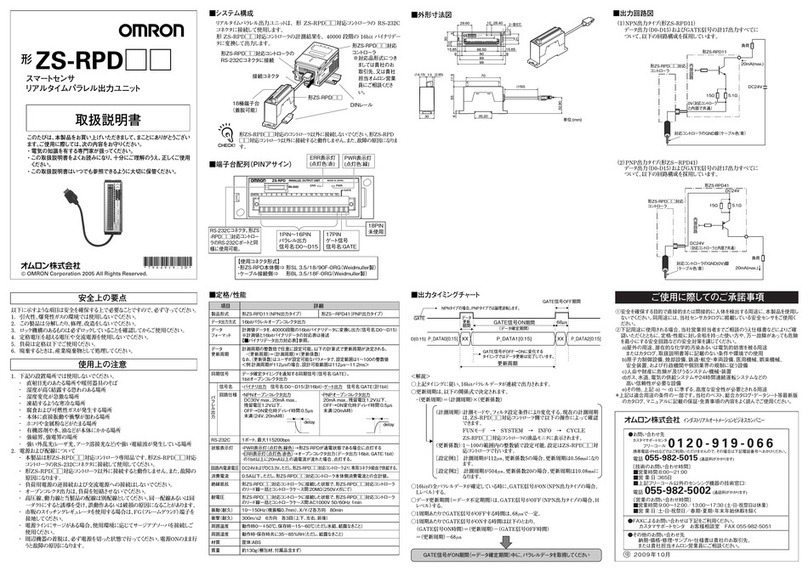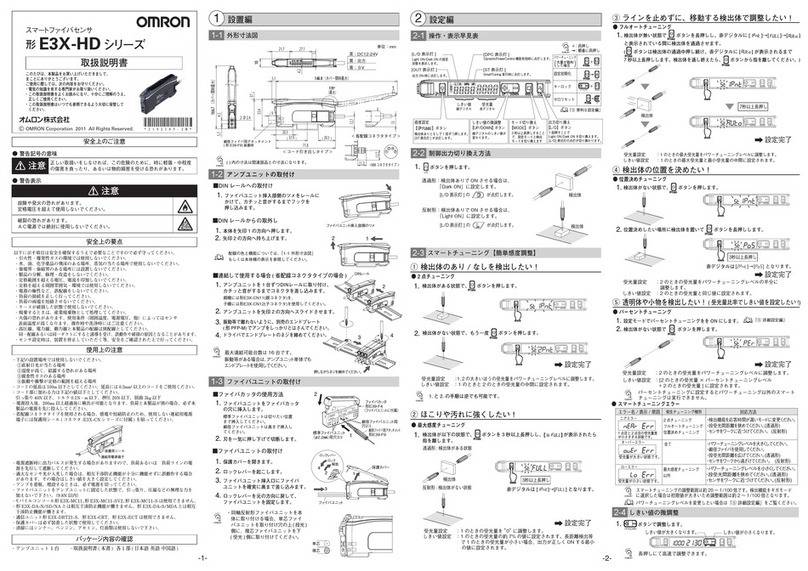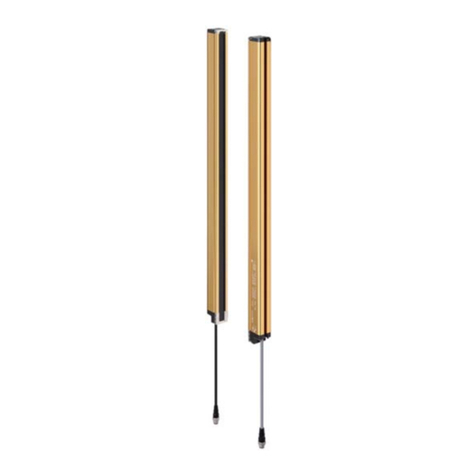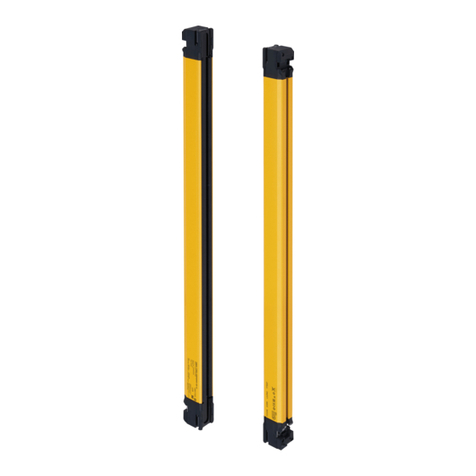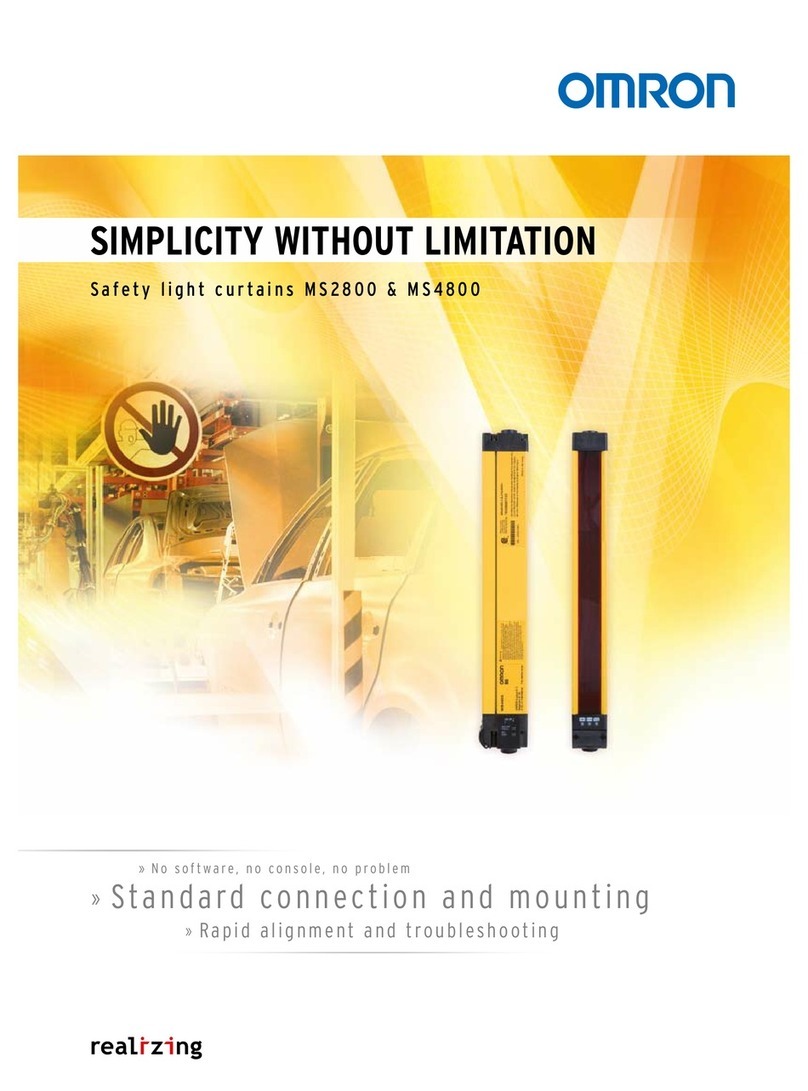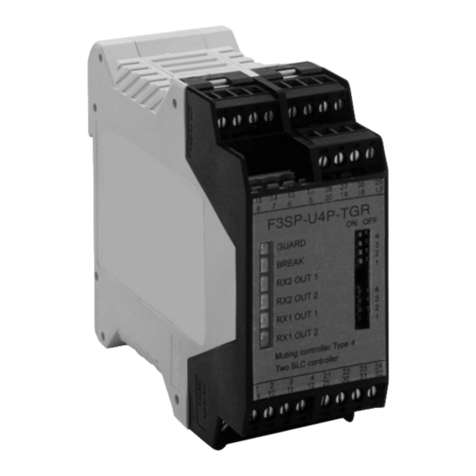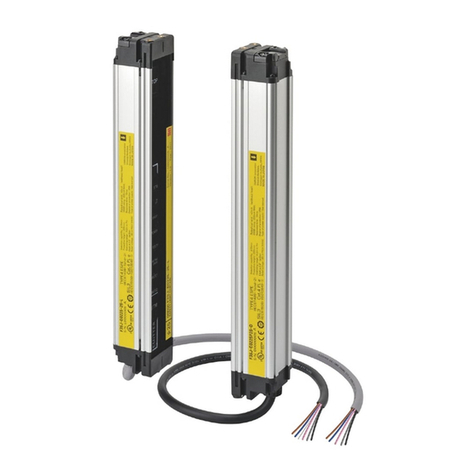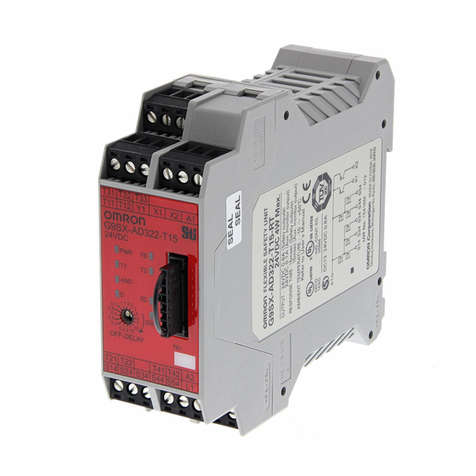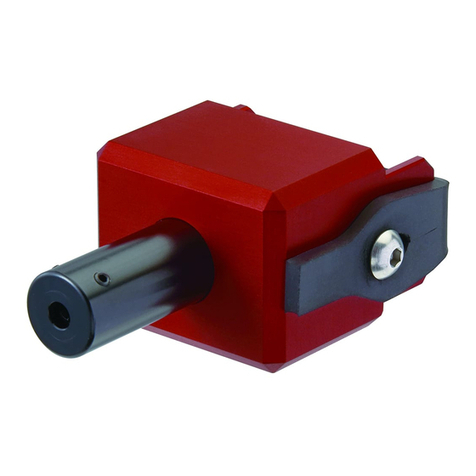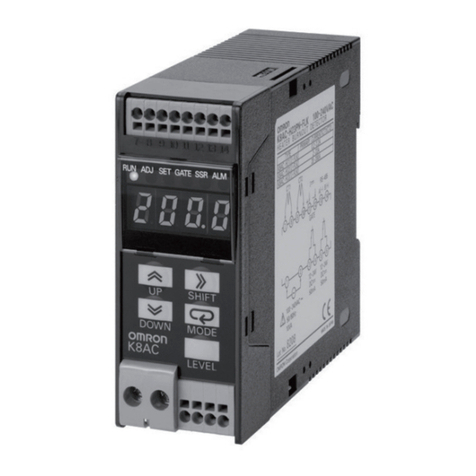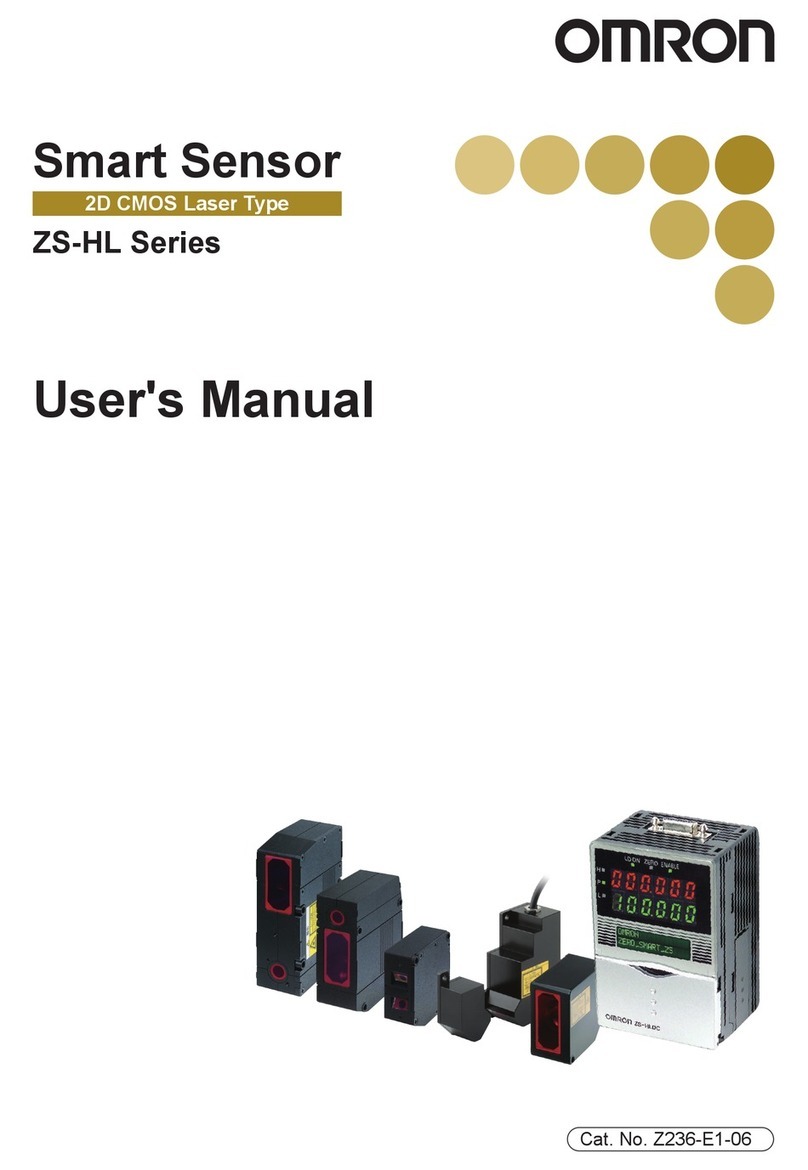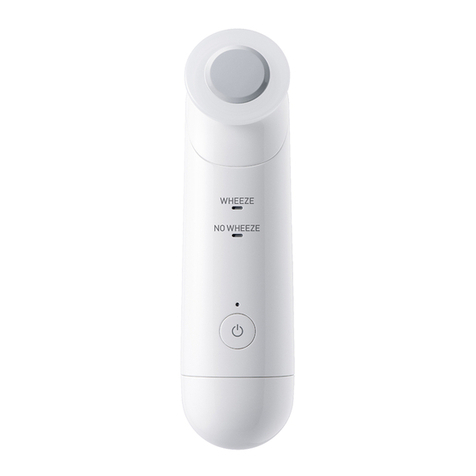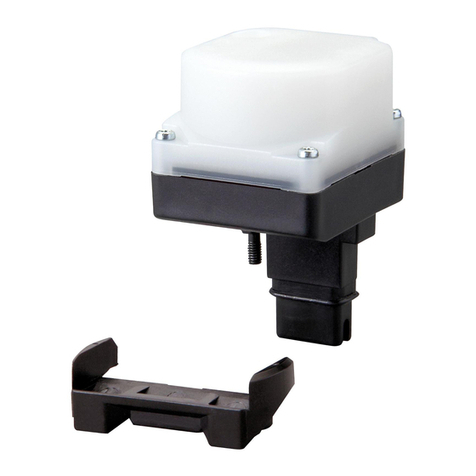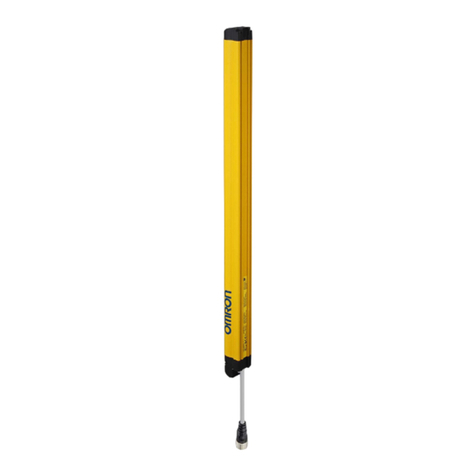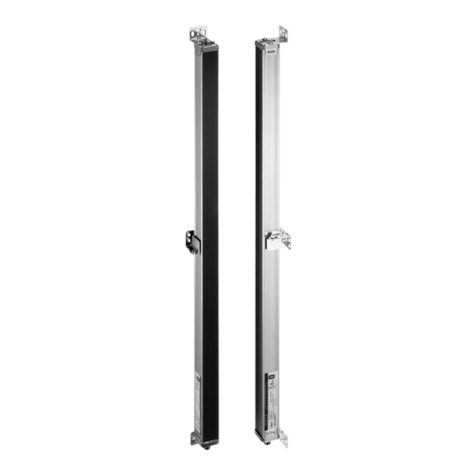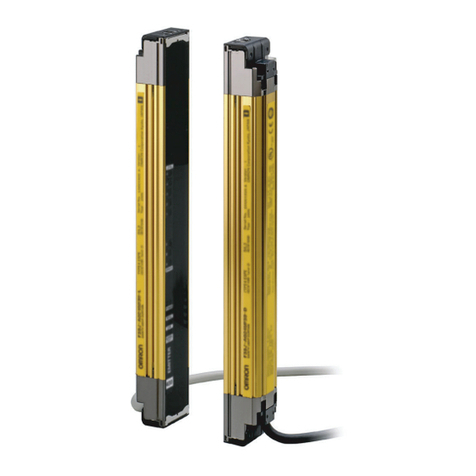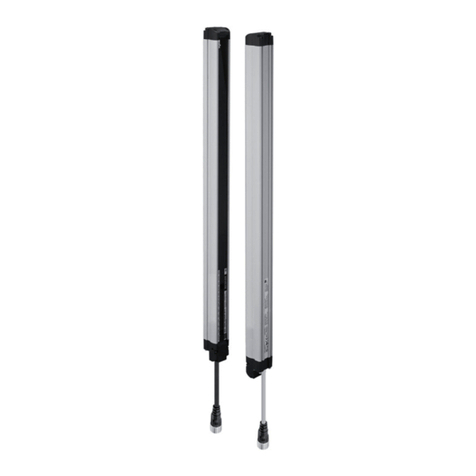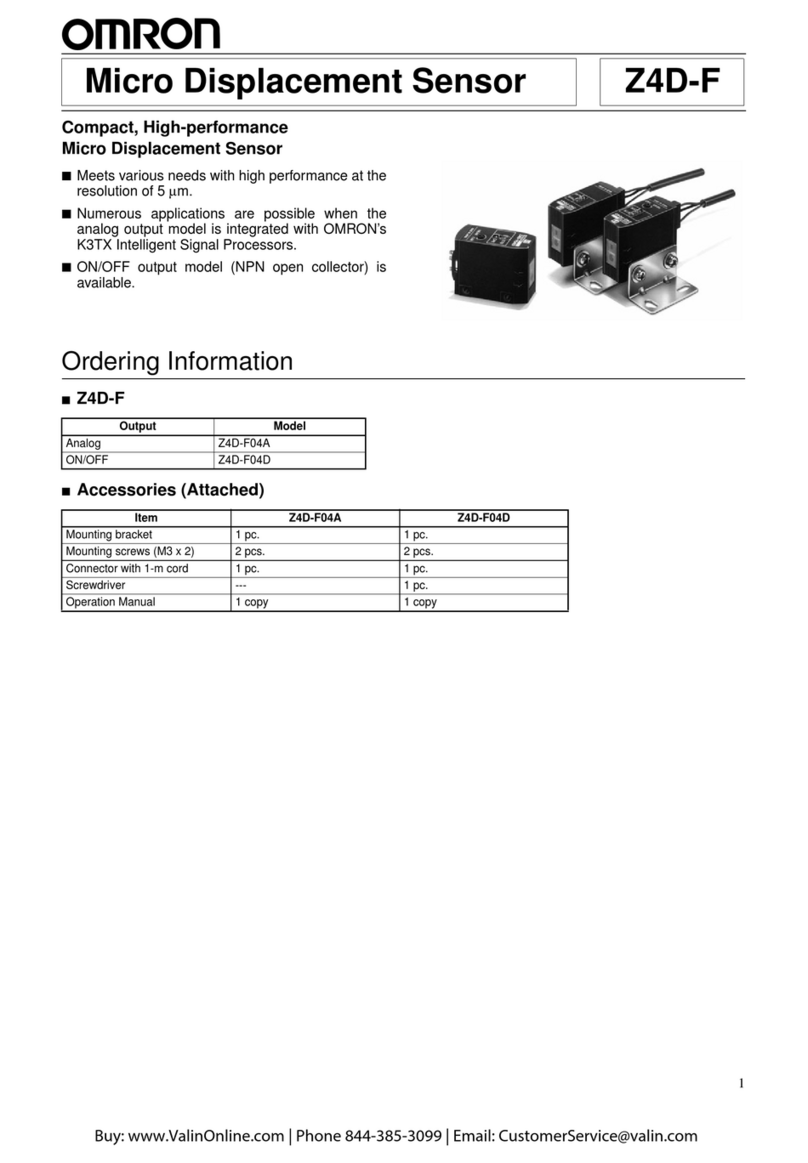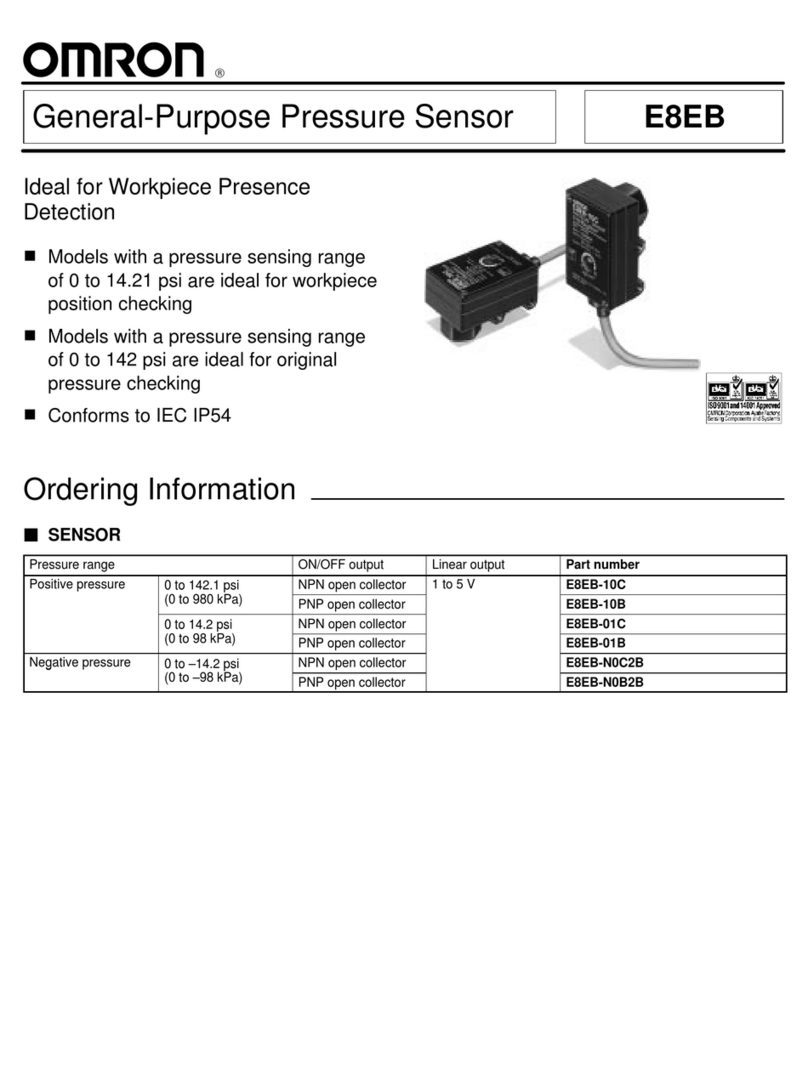
8
E3Z-LSE3Z-LS
Precautions
Do not connect an AC power supply to the Sensor. If AC power
(100 VAC or more) is supplied to the Sensor, it may explode or
burn.
Be sure to abide by the following precautions for the safe opera-
tion of the Sensor.
Wiring
Power Supply Voltage and Output Load Power Supply
Voltage
Make sure that the power supply to the Sensor is within the rated
voltage range. If a voltage exceeding the rated voltage range is
supplied to the Sensor, it may explode or burn.
Load Short-circuiting
Do not short-circuit the load, otherwise the Sensor may be
damaged.
Connection without Load
Do not connect power supply to the Sensor with no load con-
nected, otherwise the internal elements may explode or burn.
Operating Environment
Do not use the Sensor in locations with explosive or flammable
gas.
■Correct Use
Design
Power Reset Time
The Sensor is ready to operate 100 ms after the Sensor is turned
ON. If the load and Sensor are connected to independent power
supplies respectively, be sure to turn ON the Sensor before sup-
plying power to the load.
Wiring
Avoiding Malfunctions
If using the Photoelectric Sensor with an inverter or servomotor,
always ground the FG (frame ground) and G (ground) terminals,
otherwise the Sensor may malfunction.
Mounting
Mounting the Sensor
• If Sensors are mounted face-to-face, make sure that the optical
axes are not in opposition to each other. Otherwise, mutual inter-
ference may result.
• Always install the Sensor carefully so that the aperture angle
range of the Sensor will not cause it to be directly exposed to in-
tensive light, such as sunlight, fluorescent light, or incandescent
light.
• Do not strike the Photoelectric Sensor with a hammer or any oth-
er tool during the installation of the Sensor, or the Sensor will
loose its water-resistive properties.
• Use M3 screws to mount the Sensor.
• When mounting the case, make sure that the tightening torque
applied to each screw does not exceed 0.54 N·m.
M8 Connector
• Always turn OFF the power supply to the Sensor before connect-
ing or disconnecting the metal connector.
• Hold the connector cover to connect or disconnect it.
• Secure the connector cover by hand. Do not use pliers, other-
wise the connector may be damaged.
• If the connector is not connected securely, it may be disconnect-
ed by vibration or the proper degree of protection of the Sensor
may not be maintained.
Mounting Directions
• Make sure that the sensing side of the Sensor is parallel with the
surface of the sensing objects. Normally, do not incline the Sen-
sor towards the sensing object.
If the sensing object has a glossy surface, however, incline the
Sensor by 5°to 10°as shown in the illustration, provided that
the Sensor is not influenced by background objects.
• If there is a mirror-like object below the Sensor, the Sensor may
not operate stably. Therefore, incline the Sensor or separate the
Sensor from the mirror-like object as shown below.
• Do not to install the Sensor in the wrong direction. Refer to the
following illustration.
Sensing side
Surface of sensing object
Glossy object
Sensing object
Mirror-like object
Sensing
object
Moving direction
Moving direction Moving direction
Sensing
object
Sensing
object
